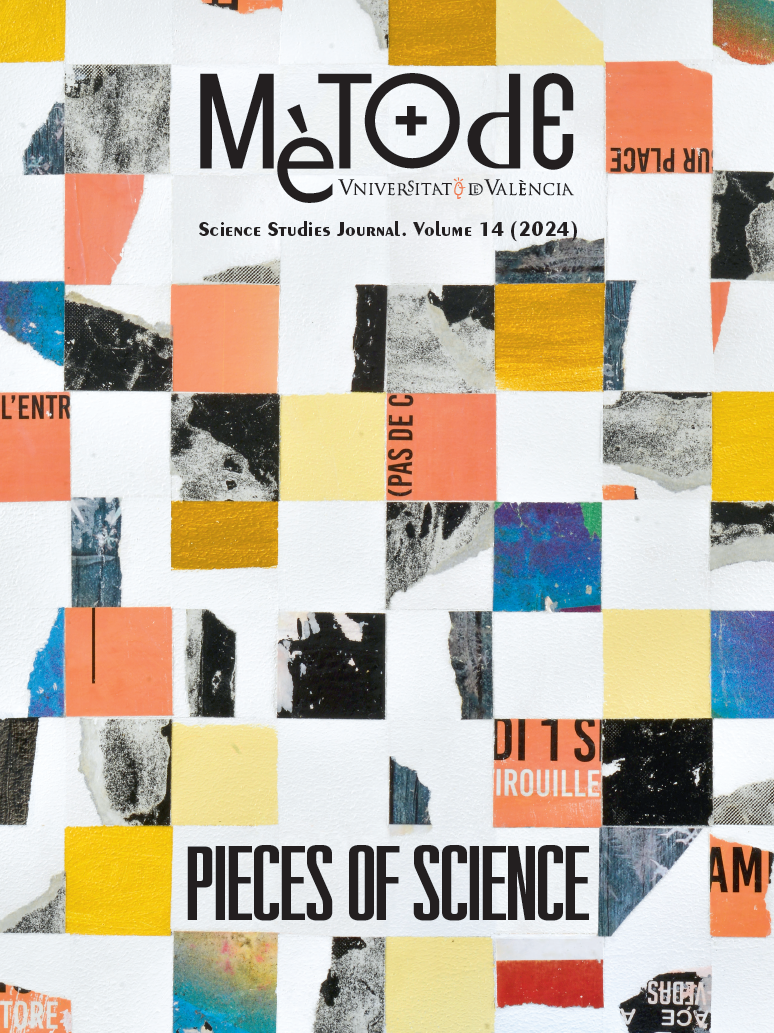Digital intimacy
DOI:
https://doi.org/10.7203/metode.14.28141 Abstract
Abstract
Our gaze on technology is often short-sighted, even cross-eyed. It focuses only on technological novelty and forgets the other half of the issue: human beings and their ways of using technology.
My new book Confidenze Digitali: Vizi e virtù dell’innovazione (‘Digital intimacy: Vices and virtues of innovation’) starts from everyday life situations that we all know well and from habits that are as widespread as they are unconscious, analyzing key features that characterize our relationship with technology and more in general contemporary society.
For example, why do big tech companies, chatbot and virtual assistants address us confidentially as friends, rather than customers? Why do we often receive kisses and hugs in messages, even from people we do not really know that well? If the person sitting next to us looks at their telephone, why are we likely to do the same within thirty seconds? Why do we not want to pay to read daily news anymore, but we are ready to donate money to Wikipedia? Where does the extraordinary spread of video tutorials on «how to do…» anything – from fresh bread to barbecues, from dying hair to repairing a roller shutter – come from? And what does it say about us?
 Downloads
Downloads
Downloads
Published
How to Cite
-
Abstract328
-
PDF172
Issue
Section
License
![]()
All the documents in the OJS platform are open access and property of their respective authors.
Authors publishing in the journal agree to the following terms:
- Authors keep the rights and guarantee Metode Science Studies Journal the right to be the first publication of the document, licensed under a Creative Commons Attribution-NonCommercial-NoDerivatives 4.0 International License that allows others to share the work with an acknowledgement of authorship and publication in the journal.
- Authors are allowed and encouraged to spread their work through electronic means using personal or institutional websites (institutional open archives, personal websites or professional and academic networks profiles) once the text has been published.





